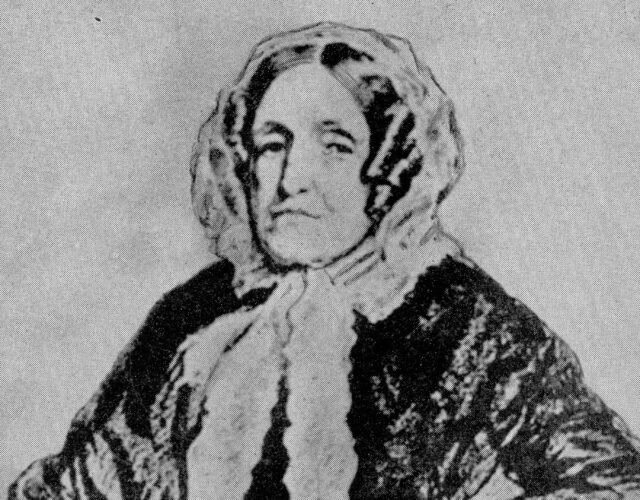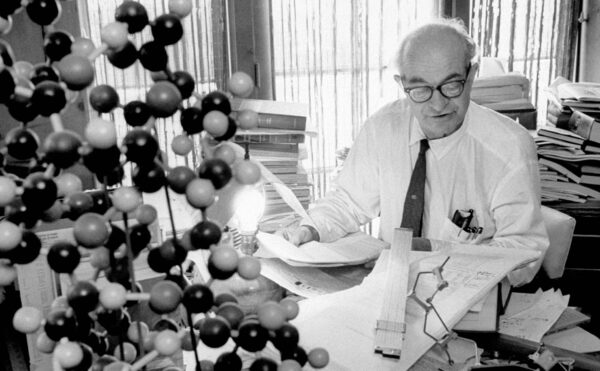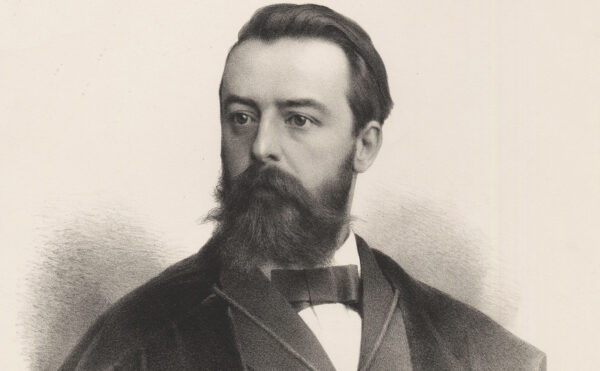In 1806 a new chemistry book caught the attention of a bookbinder’s apprentice. The boy, Michael Faraday, would grow up to become one of the 19th century’s most distinguished scientists. He credited that book—Jane Marcet’s Conversations on Chemistry—with sparking his interest in science.
Author Jane Haldimand Marcet (1769–1858) was born into a wealthy Swiss banking family living in England, and she was fortunate to receive an education comparable to that of her brothers—one that included scientific topics in addition to the more standard female subjects of art and dancing. She married Alexander Marcet, a Swiss doctor living in England, and attended the fashionable scientific lectures of Humphry Davy. Marcet soon demonstrated her mastery of contemporary chemical theories and experiments with the publication of Conversations on Chemistry.
Marcet chose to write her book—illustrated with her own elegant drawings—in the form of a dialogue between a teacher, Mrs. B., and two pupils, Emily and Caroline. Although originally intended for a female audience, Marcet’s book captured the attention of women and men alike, becoming the most popular chemistry text in the first half of the 19th century. Conversations on Chemistry went through 16 editions in Britain and 23 American printings.
Marcet held an unusual position in the 19th century as a female author of a science text that appealed to both sexes. At first she published her book anonymously and included the following apologetic preface: “In venturing to offer to the public, and more particularly to the female sex, an Introduction to Chemistry, the author, herself a woman, conceives that some explanation may be required: and she feels it the more necessary to apologize for the present undertaking, as her knowledge of the subject is but recent, and as she can have no real claims to the title of chemist.”
The author’s early anonymity allowed male authors in the United States to supplement editions of Marcet’s work with their own text and place their names on the book’s title page, thus claiming authorship. Not until the 12th edition did Marcet publish under her own name. Owing to a lack of international copyright laws, Marcet never received royalties for any editions published in the United States.
While Marcet went on to publish several other popular “conversations,” including Conversations on Political Economy and Conversations on Plant Physiology, none were as widely read as Conversations on Chemistry.
With each successive edition Marcet continued to update her book. In 1845 she wrote to Faraday, now famous and a member of the prestigious Royal Society, for detailed information on his research. Faraday presented his latest discoveries to the author who had first sent him on his chemical journey.
1799
Jane Haldimand marries Swiss doctor Alexander Marcet.
1806
Jane Marcet’s Conversations on Chemistry is published anonymously, and 15-year-old Michael Faraday reads the work during his apprenticeship to a bookbinder.
1806–1853
Conversations on Chemistry goes through 16 editions in Great Britain and 23 printings in the United States.
1832
Jane Marcet’s name appears for the first time as the author of Conversations on Chemistry.
1845
Jane Marcet writes to Faraday for information on his latest discovery to include in a revised edition of Conversations on Chemistry.
1865
The Boston Girls’ High and Normal School becomes the first U.S. institution to teach science to women through laboratory experience. The school adopts Marcet’s book as the classroom text.




